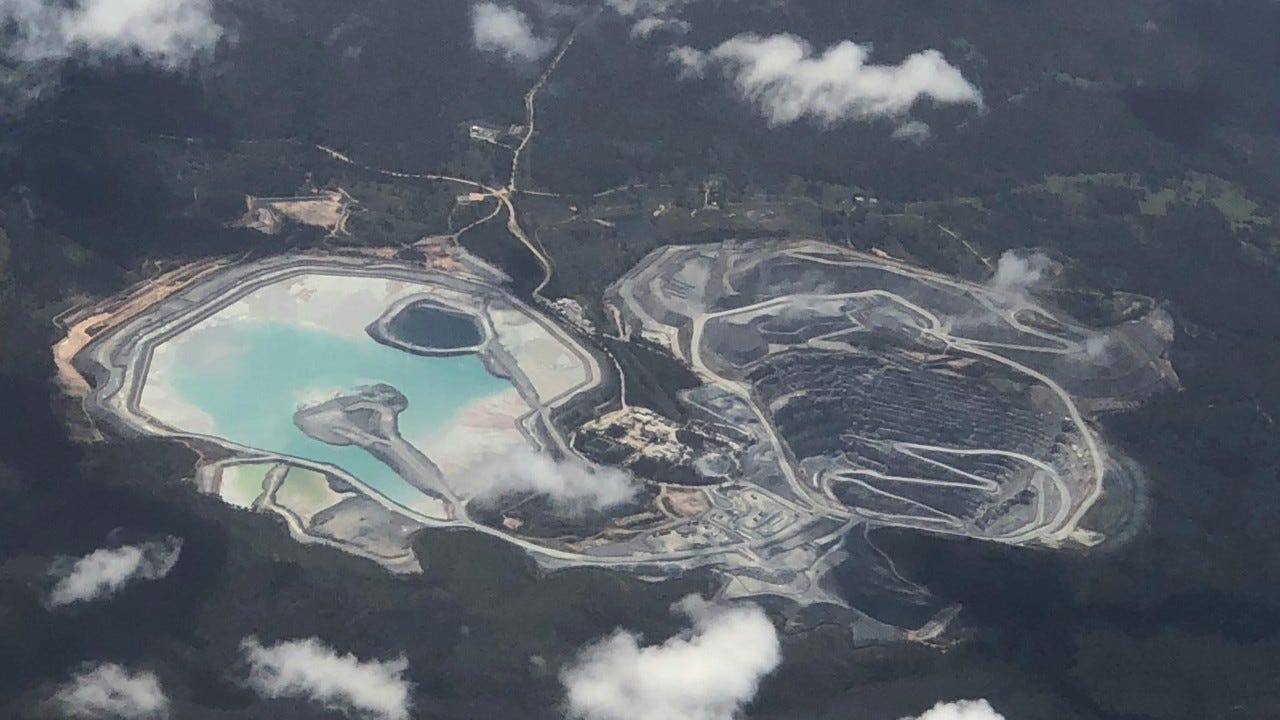
As the world gathers for the G7 meeting in Canada, transatlantic cooperation on critical minerals and clean energy has been a top priority—accelerating the shift toward responsible sourcing and climate-aligned industrial growth.
In the global race to power AI, defense, and clean energy, the world’s most strategic resource isn’t just buried underground—it’s flowing across Canada’s vast landscape. While nations scramble for lithium, nickel, and rare earths, the real bottleneck is water: the essential ingredient for mining, processing, and powering the technologies of tomorrow.
China is the undisputed powerhouse in the global critical minerals and rare earth supply chain. The country controls, on average, two-thirds of the production or refining of major critical minerals such as lithium, cobalt, nickel, copper, and rare earth elements—and for some, like refined rare earths and graphite, its market share exceeds 75%. However, beneath this dominance lies a critical vulnerability: water scarcity.
Many of China’s key mining regions are located in the country’s northern and northwestern provinces—such as Inner Mongolia, Xinjiang, Gansu, and Shaanxi—which are major sources of rare earth elements, coal, copper, and iron ore. Over 55% of China’s iron ore is concentrated in these arid provinces, where water stress is among the highest in the country. Sichuan and Jiangxi are also important for rare earths, lithium, and other critical minerals, while Tibet and Qinghai hold significant lithium reserves. Yet, these regions face persistent water shortages, making large-scale extraction and processing both environmentally risky and economically challenging.
Water scarcity makes extraction difficult, expensive, and environmentally risky—especially for waterintensive minerals like lithium, copper, and rare earths. Processing these minerals requires large volumes of clean water for separation, concentration, and waste management. In China, much of the available water is already needed for agriculture, industry, and households, leaving little for resource extraction.
Peak Water Stress in the Next Decade
Projections show that China’s water stress will be highest between 2025 and 2035, with most northern river basins (where many mining operations are located) experiencing significant water scarcity. By 2030, China’s water demand is forecast to exceed 800 billion cubic meters, with some estimates projecting a supply gap of up to 25%. This gap will intensify competition for water among agriculture, industry (including mining), and households, making it harder for water-intensive sectors to expand.
As climate change intensifies and water scarcity deepens, China’s grip on the world’s critical minerals could loosen. This is where Canada’s story stands in stark contrast: with abundant, well-managed water resources, Canada is uniquely positioned to offer the world a sustainable, reliable alternative for critical minerals and rare earths—meeting not just demand, but the rising bar for environmental responsibility.
Canada’s Mineral-Rich, Water-Abundant Regions
Canada’s mining sector benefits from a natural advantage: the country holds 20% of the world’s freshwater reserves, and its mining regions are generally water-rich. For example, the Ring of Fire in Northern Ontario is home to significant deposits of chromite, nickel, copper, platinum group metals, and rare earth elements. Quebec is emerging as a major producer of lithium, nickel, copper, and rare earths, while British Columbia is rich in copper, nickel, and rare earths. Unlike China’s arid mining provinces, these Canadian regions have ample water resources, allowing for large-scale, sustainable extraction and processing of critical minerals and rare earths without the same environmental or economic constraints.
Transatlantic Cooperation: Building Resilient, Sustainable Supply Chains
Looking ahead, Canada is poised to play an even greater role as a trusted, sustainable supplier to the European Union and other global partners. Through initiatives like the Canada–EU Strategic Partnership on Raw Materials, Canada is helping to secure resilient supply chains for critical minerals and rare earths, supporting Europe’s transition to a green and digital economy.
Sustainability: Canada’s Strategic Advantage
Canada’s mining sector leverages advanced treatment technologies, site-specific water management, extensive recycling via tailings ponds, and modular treatment systems to maximize water reuse. For example, in Quebec alone, the sector increased its water use from 58 million m³ to 107 million m³ between 2011 and 2021, while still returning over 55% of that water to its source—demonstrating the sector’s capacity to scale up sustainably. Canada’s water sustainability is not just an environmental talking point—it’s a strategic business advantage. Our abundant, well-managed water resources allow us to mine, process, and export critical minerals at a lower environmental and financial cost than many competitors. This isn’t just good for the planet; it’s good for profits, partners, and long-term growth.
For too long, “sustainability” has been dismissed as a buzzword—something nice to have, but not essential to business. It’s time to change how we talk about sustainability. It’s not a box to check or a PR exercise. It’s the foundation of competitive advantage in the 21st century. For Canada, water sustainability isn’t just a value—it’s our edge in the global marketplace.
About the Author
An alumna of the University of Cambridge Institute for Sustainability Leadership—founded by His Majesty King Charles III to equip global leaders for transformative action—and a graduate in Public Administration from the University of Ottawa, Lucia brings a unique blend of academic rigor and entrepreneurial vision to sustainability challenges. Recognized as a thought leader, Lucia has represented Africa’s private sector on the Africa-Europe High-Level Platform for Sustainable Energy Investments and collaborated with leading institutions such as the University of Oxford, University of Toronto, and RWTH Aachen University.
Connect with Lucia on LinkedIn, X, or reach out via email at lucia@bakulupower.com to explore how to collaborate for a more sustainable future.




